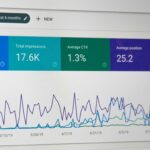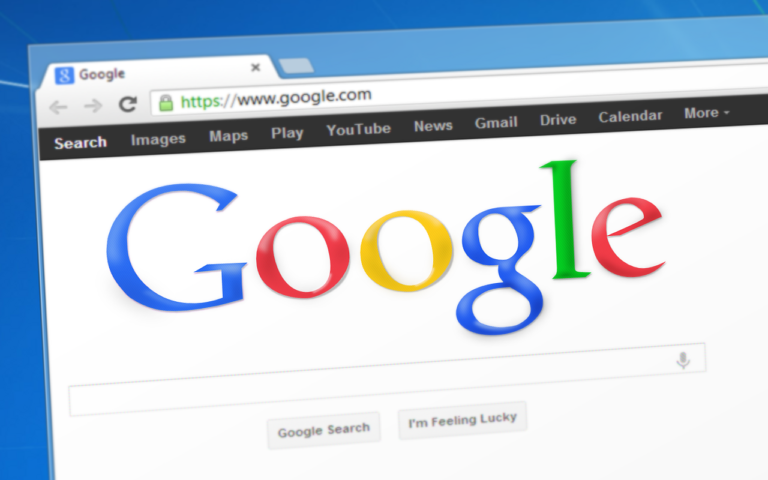Markham SEO company – Search engine optimization services
At JumpSearch, we focus on onsite and offsite search engine optimization. Below, you will find the onsite process when optimizing our Markham SEO customers.
Onsite Optimization
Onsite optimization is the process of setting up your website in such a way that allows Google to determine how credible your pages are and how relevant they are to the keywords that you are trying to rank highly for on Google.
Tagging
There are a lot of different HTML codes, file names, anchor text and other technical sounding jargon that need to be taken into consideration under this category. Instead of boring you by listing everything off, let’s just keep this to plain English and use the word “tagging”.
Simply put, tagging is the process of telling Google what this web page is about. You see Google doesn’t view web pages the way we do. It’s a computer program and therefore doesn’t have senses as we do. Google can’t hear, smell, see touch or taste (please don’t start licking your screen, humans can’t taste websites either).
What Google can do to determine what’s on the page though is read the code that we put there for it. By making sure that things such as image file names, the URL (contents of the web address bar in your browser), anchor text (the words that we link to put the links in), headings tags (there should be tags to tell Google where a heading is, not just a change in font) and much more contain the keyword that you’re trying to rank for, then Google will understand that this page is relevant to that keyword and start putting it in search results that contain that keyword.
Search engine Crawl ability
Google’s ability to navigate around your website is what we refer to as ‘Crawl ability”. The first and most obvious component of this is, do your pages link to each other so that Google can follow the links and find the pages? Further to this, does your internal linking strategy effectively pass page rank (watch the video on our SEO services page for more information on page rank, it’s worth watching as page rank is critical in SEO) onto the pages that need it the most in order to rank high on search results in Google? The linking component also includes ensuring you have an up to date site map, your error 404 page has a useful site map and several other technical setups that will enhance your crawl ability.
The next step is making sure Google can follow the links and actually see the pages that you want them to rank. I know what you’re thinking, why wouldn’t they see them? Well, the answer is not everyone wants all of their pages visible to google. For example, you wouldn’t want Google taking people to your internet banking web pages. There are a whole variety of situations where “nofollow” or “No-index” or other similar tags (we call them “robot.txt” files, but they are simply Google instructions) that you may or may not want on certain pages. However, if these get applied incorrectly on your website then they will have devastating effects on your search engine optimization and rankings. Therefore reviewing and ensuring these are set up correctly is an integral part to your onsite optimization.
More Ontario SEO Service Locations
Recent Posts
-
 Burlington SEO Company | SEO Services OntarioSeptember 23, 2020/0 Comments
Burlington SEO Company | SEO Services OntarioSeptember 23, 2020/0 Comments -
 Vaughn SEO | SEO ExpertsAugust 16, 2020/
Vaughn SEO | SEO ExpertsAugust 16, 2020/ -
 SEO Services in Brampton OntarioJuly 19, 2020/
SEO Services in Brampton OntarioJuly 19, 2020/ -
 Richmond Hill SEO CompanyJuly 13, 2020/
Richmond Hill SEO CompanyJuly 13, 2020/ -
 SEO Company in HamiltonJuly 16, 2019/
SEO Company in HamiltonJuly 16, 2019/ -
 Toronto Web Design CompanyMay 11, 2019/
Toronto Web Design CompanyMay 11, 2019/ -
 Oakville SEO CompanyMay 3, 2019/
Oakville SEO CompanyMay 3, 2019/ -
 Mississauga SEO CompanyMay 3, 2019/
Mississauga SEO CompanyMay 3, 2019/
Performance
Website performance as defined by Google mostly means, is your website fast, easy-to-use and does it display correctly on mobile devices? If your website has been built by knowledgeable developers and you’ve been set up on the right infrastructure with the right hosting options, then this should be completely fine and you shouldn’t require very much time here.
It is still quite common that websites don’t have good performance, according to Google. Particular if your site is ugly or poorly designed (apologies for being frank if this applies to you), has boring content that people don’t like, a custom template that is slow or not mobile friendly, or has plugins with similar issues, or there is a component of the site that is outdated and no longer compatible with other components of the site.
Google are great here though (Google are always great, we love Google), they provide tools that allow you to determine whether your website has good performance and what you can do to enhance it. We often use a combination of Google tools and other thirds party tools to help make sure your site’s performance is as optimized as it can possibly be.
Unique SEO Content
Google friendly content is similar to creating human-friendly content in many ways. The only main exception is that Google isn’t quite as good at realizing that a page is relevant if it doesn’t contain the keyword or synonyms as human beings are, yet. This means we need to repeat the keyword a number of times through the content. However, it can’t be so often that it looks unnatural, otherwise you’ll be on the fast track to your very own Google penalty.
Other than the requirement to repeat the keyword, everything else is pretty similar. People like to read content that is engaging, informative and delivers them with the value of some kind. Google likes when people spend time reading your pages so, in essence, they like when your content is engaging, informative and delivers value. Both Google and people like when you write in a manner that is easily understood, without spelling errors and confusing grammar. There is obviously a checklist to go over for each piece of content and don’t worry, there are some great automated tools that can help to eliminate human error (and death through boredom, which would be the most likely outcome of hour after hour of spelling, grammar checking and manual running of statistics for every page).



